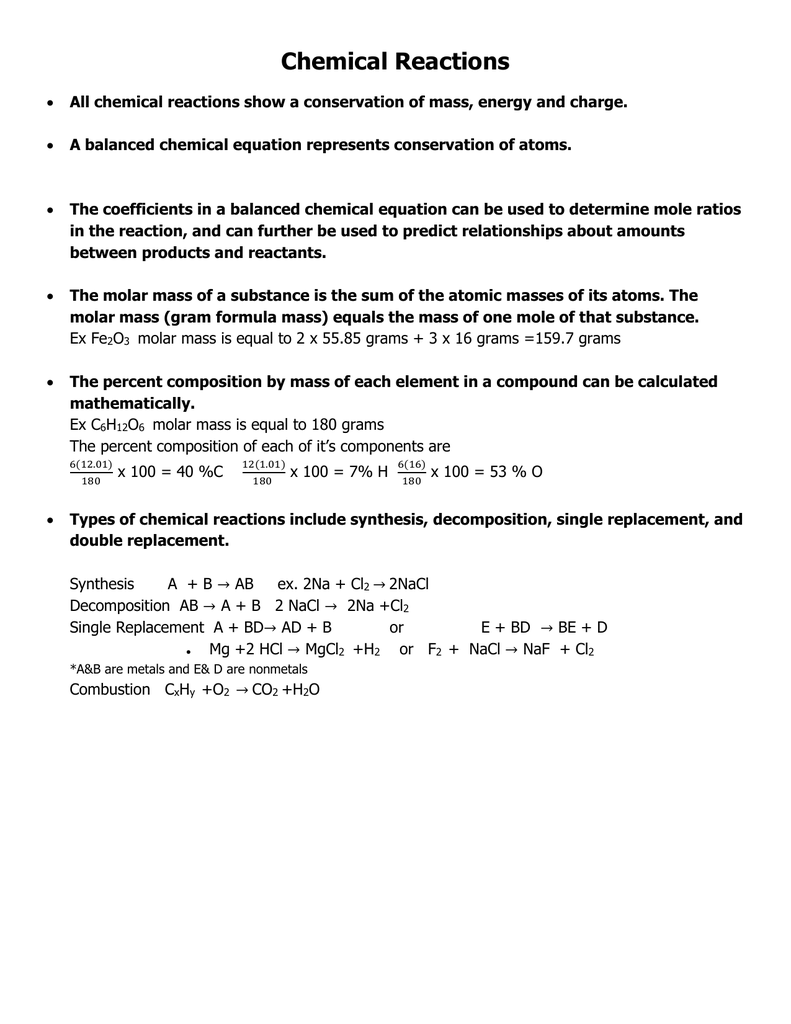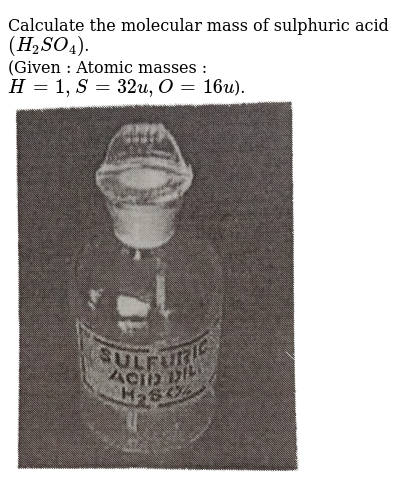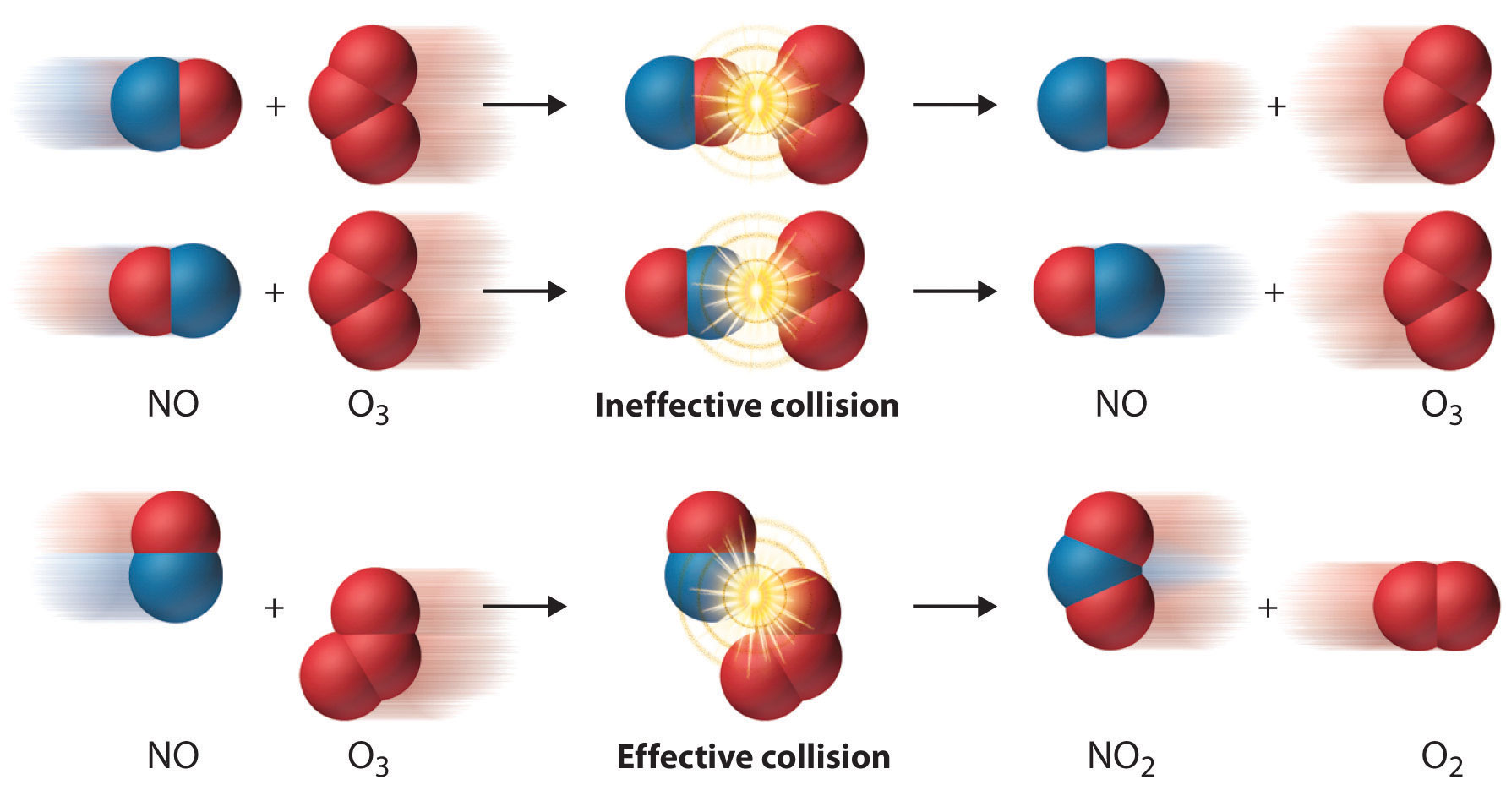Atomic Number of Hydrogen. Hydrogen is a chemical element with atomic number 1 which means there are 1 protons and 1 electrons in the atomic structure. The chemical symbol for Hydrogen is H. Atomic Mass of Hydrogen. Atomic mass of Hydrogen is 1.0079 u. Note that, each element may contain more isotopes, therefore this resulting atomic mass is calculated from naturally-occuring isotopes.
Eine deutsche Übersetzung dieses Artikels finden Sie hier.
Return to: List of papers on the Web
What is the mass of 3.0 moles of hydrogen molecules, H2? (atomic mass of H = 1 u) O 0.015 kg O 0.0060 kg O 0.0090 kg O 0.030 kg O 0.0030 kg. The mass spectrum of H2 is taken under conditions that prevent decomposition into H atoms. The two naturally occurring isotopes of hydrogen are 1H(atomic mass = 1.00783 amu; abundance 99.9885%) and 2H (atomic mass = 2.01410 amu; abundance 0.0115%).
RESEARCH COMMUNICATION Published in 21st CENTURY Science & Technology, Spring 2000, Pages 5 - 7Discovery of H2, in Space
Explains Dark Matter and Redshift
by Paul Marmet
In papers published about a decade ago, the author and colleagues predicted the widespread presence of hydrogen in the molecular (H2) form in space (Marmet and Reber 1989; Marmet 1990a,b). Although hydrogen in the atomic form is easily detected through radioastronomy, the molecular form is difficult to detect. We showed that the presence of this missing mass would explain the anomalous rotational motion observed in galaxies, which is otherwise explained by exotic hypotheses, such as swarms of invisible brown or white dwarfs, or weird atomic particles called WIMPs or axions, and 'quark nuggets.'
We also showed that the presence of large amounts of the hard-to-detect molecular hydrogen in interstellar space could provide an alternative explanation to the Big Bang theory, by explaining the observed redshift as a result of the delayed propagation of light through space, caused by the collision of photons with interstellar matter.
The more commonly held view explains the observed shift in frequency of the spectral lines detected from distant galaxies as arising from a Doppler shift (a shift in the frequency of a wave caused by the relative motion of the emitting object and the observer). The downshift in the frequency, toward the red end of the spectrum, is taken to mean that distant galaxies are receding from us, thus implying an expanding universe.
Our prediction, based on a critique of many of the commonly held assumptions of cosmology, was the result of a serious study of the molecular structure of hydrogen and of the astronomical observation of atomic hydrogen in space. However, the astrophysicists preferred to ignore H2, and instead to hypothesize the existence of weird objects.
Using the European Space Agency's Infrared Space Observatory, E. A. Valentijn and P. P. van der Werf recently detected huge amounts of molecular hydrogen (H2) in NGC 891, an edge-on galaxy 30 million light-years away in Andromeda (Valentijn and van der Werf 1999). In their report, published in September 1999, they state that their result 'matches well, the mass required to solve the problem of the missing mass of spiral galaxies.' They conclude that the galaxy contains 5 to 15 times more molecular than atomic hydrogen. [For a second Internet news story on this discovery click here.]
It is generally accepted that atomic hydrogen is by far the most abundant particle in the universe. It is also well established that about 10 times as much molecular hydrogen as atomic hydrogen solves the missing mass problem. Finally, Valentijn adds: 'The halo culture that has grown up around the dark matter problem might never have arisen if the ISO results had been known earlier.'
Two months after the publication of this discovery, in a piece published in Nature, Nov. 25, 1999, P. Richter, et al. reported the discovery of the absorption lines of molecular hydrogen in a high-velocity cloud of the Milky Way halo (Richter et al. 1999).
Nature of Molecular Hydrogen
Molecular hydrogen is rarely looked for in space. In most papers in astrophysics, the word hydrogen is mentioned without distinguishing whether it is atomic or molecular. Yet it is a well-known fact of basic chemistry that atomic hydrogen is extremely unstable, and that it reacts violently to produce molecular hydrogen, which is extremely stable. Given a bottle of pure atomic hydrogen, one would expect an immediate energetic explosion, producing molecular hydrogen at a very high temperature.
Atomic hydrogen (H), composed of a single proton and electron, is the simplest existing stable atom. Because of the spin structure of the particle, it is easily detectable using a high frequency radio signal at 21-cm wavelength. Atomic hydrogen in galaxies and in intergalactic space can be detected very easily, because the atomic hydrogen can change its spin (which changes its energy).
Electromagnetic radiation is emitted at the wavelength of 21 cm, or an absorption line is observed (in the background radiation) at that wavelength. However, when two atoms of atomic hydrogen combine, forming molecular hydrogen (H2), their spins are coupled and completely cancel each other. The radio-frequency spectral line at 21 cm no longer exists, and the molecular hydrogen becomes totally invisible at that wavelength.
The possible vibrational and rotational states for the two hydrogen nuclei in the diatomic hydrogen molecule are well known (cf. Herzberg 1950). However, the only two electrons are so tightly coupled, that they form a pair in which the electric field and the spin of the electrons are completely cancelled.
Molecular hydrogen possesses no permanent dipole. Such a perfect coupling is unusual among diatomic molecules. For example, in the cases of nitrogen and oxygen, there are seven and eight electrons per atom, so that when combined, it is not possible to fulfill such a perfect coupling of spins (with zero permanent dipole) for all seven or eight pairs of electrons.

When light passes through normal molecular gases, such as oxygen, nitrogen, and others, radiation excites the resulting electric dipole in the molecule, and some energy is scattered or absorbed. However, in the case of molecular hydrogen, there is no dipole moment, so that no radiation can be absorbed or emitted.
Most excited molecules possess an electric or magnetic dipole, and emit photons (light) after about 10-8 seconds. By comparison, the spontaneous emission of light from the first rotational state of molecular hydrogen is practically impossible. A transition from the second rotational state (producing a photon of light) is relatively much more probable, but occurs only once in about every 1,000 years. One must reach the sixth state before the probability of the transition occurring becomes once a year. These so-called forbidden transitions are so improbable that we cannot hope to detect cold molecular hydrogen in space. Because the universe has an average temperature of 3K, the detection of most of the molecular hydrogen still remains unlikely.
Why the Surprise?

There are many misleading statements concerning the detection of hydrogen in the universe. Without making any distinction between atoms and molecules, most papers in astrophysics state that the amount of hydrogen in the universe is well known because it is easily detectable out to considerable distances. The presence of an enormous amount of molecular hydrogen certainly makes this statement erroneous.
However, it is well known that atomic hydrogen in space was certainly naturally transformed into H2. Over billions of years, dust, three-body interactions, and even photon emission have produced H2. Once molecular hydrogen is formed, it is so stable that it has little probability of dissociation. It cannot be argued that H2 does not exist in space because it could be ionized or dissociated by ultraviolet radiation. If there were enough ultraviolet radiation to ionize H2, that same radiation would also ionize atomic hydrogen. This is not the case, because non-ionized atomic hydrogen is observed, even though it requires less energy to ionize the atomic than the molecular form of hydrogen.
These considerations show, that as a result of the large amount of atomic hydrogen already observed in space, and the extreme stability of molecular hydrogen, the chemical equilibrium giving the relative abundance between atomic hydrogen and molecular hydrogen in space, strongly favors the formation of the diatomic form (H2) over the monoatomic form. We must thus conclude that the recent discovery of H2, is no surprise, and should have been expected from the known facts concerning the natural equilibrium between H2 and H. It is expected that much more colder H2 will also be discovered.
Dark Matter and the Redshift
The presence of H2 also has important consequences regarding the origin of the universe and the interpretation of the cosmological redshift. This author has been arguing for several years that this huge amount of transparent H2 in space is interacting with light received from the cosmos (Marmet 1988, 1990a, b). The essential argument is summarized as follows:
Even when H2 is not excited to specific quantum states, there is another kind of interaction that perturbs and slows down the moving photon. We know that light interacts with a transparent medium, because its velocity is reduced, without scattering, as calculated and observed using the simple index of refraction of gases. Cosmic light, moving across billion of light years, suffers an almost unimaginable number of collisions with those transparent molecules of hydrogen in the universe.
Light is a wave-train of electromagnetic radiation. As a result of its coherence, which is maintained during a time span (known as the time or length of coherence), the phase of the electromagnetic field progresses regularly in time. Using the Fourier transform, we can calculate that an electromagnetic wave train (which never can last an infinite time), always possesses two frequency components: the usual high-frequency component, but also a very low frequency component, which depends on the time of coherence.
From the electron-proton structure of hydrogen, it can be calculated that some energy is lost (scattered) during the interaction of light with hydrogen, which depends on that low-frequency component (time of coherence). We have shown that the passage of light through hydrogen, either atomic or molecular, is always (slightly) inelastic. It is also known that the energy loss is compatible with the relationship ' Consequently, the redshift following the collision of a photon with H2 is indistinguishable from the phenomenon caused by the Doppler effect.
Only the warmest molecular hydrogen (involving higher vibration and rotation quantum numbers) is detectable now. When the technology develops to the point that we can detect the colder H2 in the universe, a larger quantity of H2, coming from colder molecular hydrogen in galaxies, will certainly be discovered.
The Doppler interpretation of the redshift is a variation of the Creationist theory, since it claims that the universe was created from nothing, 15 billion years ago, with a sudden Big Bang.We know that the H2 molecule produces about the same (non-Doppler) redshift as monoatomic hydrogen, but the number of H

 2 molecules is much larger. Because atomic and molecular hydrogen have an approximately homogenous distribution in the universe, this induces a non-Doppler redshift, which is proportional to the distance of the light source (just as for an apparently expanding universe, assumed with a Doppler interpretation).
2 molecules is much larger. Because atomic and molecular hydrogen have an approximately homogenous distribution in the universe, this induces a non-Doppler redshift, which is proportional to the distance of the light source (just as for an apparently expanding universe, assumed with a Doppler interpretation).The recent discovery of an enormous quantity of molecular hydrogen not only solves the problem of missing mass; it also solves the problem of the redshift, in a non-expanding unlimited universe. The Doppler interpretation of the redshift is a variation of the Creationist theory, since it claims that the universe was created from nothing, 15 billion years ago, with a sudden Big Bang. Since a much larger amount of molecular hydrogen than previously admitted has been observed in the universe, we can now see how this hydrogen is responsible for the redshift observed. That molecular hydrogen is responsible for the redshift which is erroneously believed to have a cosmological Doppler origin.
It is unfortunate that the existence of H2 has been ignored for so long. As noted by one of the recent discoverers, E.A. Valentijn, the missing mass problem might never have arisen if the Infrared Space Observatory results (or predictions of H2) had been known earlier. It is also true that the problem would not have arisen, if the arguments presented by this author and others for the necessary presence of H, had been heeded.
With the new discovery, science can now have a logical and realistic description of nature, because we no longer have to speculate with such exotic hypotheses as WIMPs and 'quark nuggets' to explain the missing matter in the universe.
Dr. Paul Marmet recently retired from the Physics Faculty at the University of Ottawa. He was formerly a senior researcher at the Herzberg Institute of Astrophysics of the National Research Council of Canada, in Ottawa, and from 1967 to 1982, he was director of the laboratory for Atomic and Molecular Physics at Laval University in Quebec. A past president of the Canadian Association of Physicists, Marmet also served as a member of the executive committee for the Atomic Energy Commission of Canada from 1979 to 1984.
He is the author of Einstein's Theory of Relativity vs. Classical Mechanics, published by Newton Physics Books in Gloucester, Ontario. Marmet can be reached by e-mail.
References
G. Herzberg, 1950. SpectraofDiatomic Molecules (Second edition,) D. van Nostrand Co.
P. Marmet, 1988. 'A New Non-Doppler Effect,' Physics Essays, Vol. 1 p. 24.
------P. Marmet, 1990a. 'Big Bang Cosmology Meets an Astronomical Death,' 21st Century Science and Technology, Vol. 3, No. 2 (Spring), pp. 52-59.
-----P. Marmet, 1990b. 'The Deceptive Illusion of the Big Bang Cosmology,' Physics in Canada, Vol. 46, No.5, pp. 97-101.
-----P. Marmet, 1992.'The Cosmological Constant and the Redshift of Quasars,' IEEE, Transactions on Plasma Science, Vol. 20, No. 6 (Dec.), pp. 958-964.
P. Marmet and G. Reber, 1989. 'Cosmic Matter and the Non-Expanding Universe,' IEEE, Transactions on Plasma Science, Vol. 17, No. 2 (Dec.), pp. 264-269.
P. Richter, S. Richter, K. S. de Beer, N. Widmann, N. Kappelmann, W. Gringel, M. Grawing, J. Barnstadt, 1999. Nature, Vol. 402 (Nov. 25), p.386.
E. A. Valentijn and P. P. van der Werf, 1999. 'First Extragalactic Direct Detection of Large-Scale Molecular Hydrogen,' Astrophysical Journal Letters, Vol. 522, No. 1 (Sept. 1), pp. L29-35.
Author: Paul Marmet web site
Atomic Mass Of H202
This page also appears in Vincent Sauvé's web site .
Atomic Mass Of H2o2
Hydrogen Gas Molar Mass
